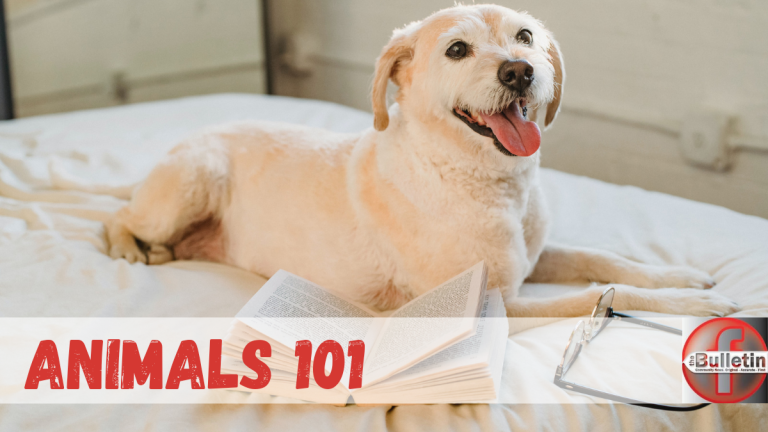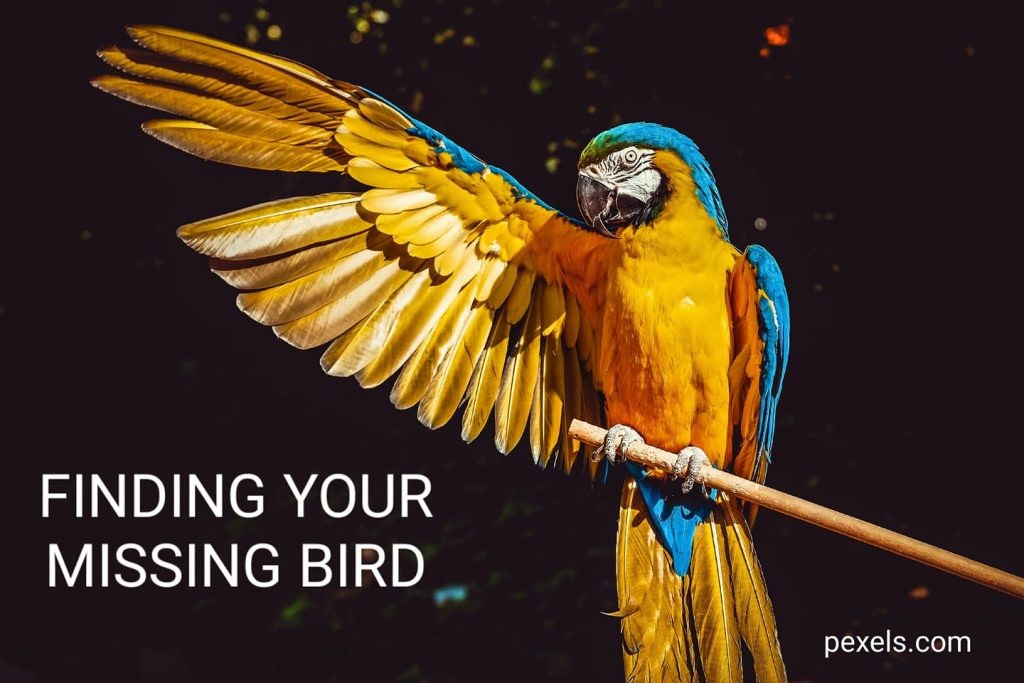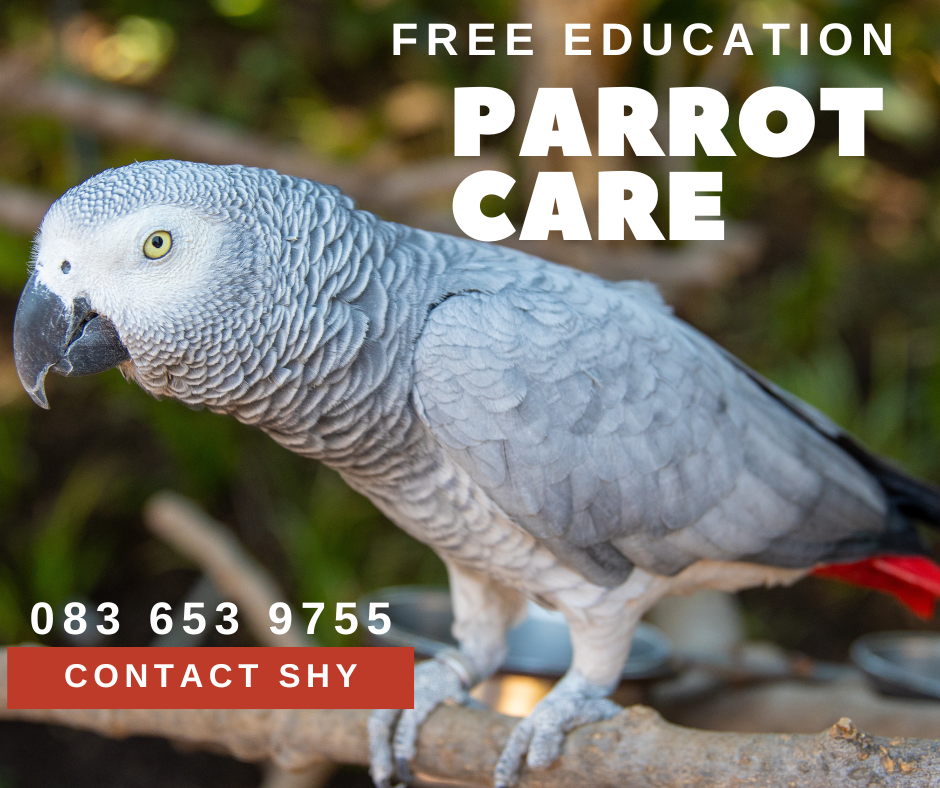
WHAT CAN YOU DO WHEN YOUR PARROT GOES MISSING?
Missing parrots seem to be a frequent occurrence in our area lately and since these birds are human-imprinted, it is hazardous for them outside, especially when it is cold and windy. We understand that accidents can happen, but for me, if it happens multiple times, then it is not an accident. Remember that they didn’t get to choose you as their owner and you are responsible for keeping them safe. Prevention is better than cure, but today we will provide a guideline on what to do if birds do escape.
BE PREPARED FOR AN ESCAPE
Birds instinctively tend to fly when their adrenaline level is high. They also generally fly up to the highest point they can land. However, most pet birds today have never fully fledged (fledging is the process of learning how to fly). While smaller birds can often fly quite easily, larger parrots require more skill to be able to take off and land at will, and to navigate where they want to go.
For all pet owners, please have flyers ready just in case. Take a few minutes now to create one for each pet. Have copies available so a friend can make copies for you while you do an initial search. You don’t want to take this time after the escape nor do you want to find you have no photos. Please do not share a photo of a younger version of your pet if they had matured, as people might look for a puppy instead of an adult dog. The photo should preferably show the bird in full colour both back and front view and with wings spread if possible. If you leave town and your parrots in the care of others, make sure they fully understand the recovery process and that they understand to notify you immediately if your bird does escape. Create one post with the photos on instead of sharing many photos separately.
Follow our social media posting guidelines here.

PREVENTION IS BETTER THAN CURE
1. Always check that windows and doors are closed when they are out of their cage.
2. Wing clipping should only be done by a qualified professional. Remember they can still fly quite a distance, especially on a windy day.
3. If you take them for outings make sure it is a safe and secure carrier or wear a safe harness.
4. Practice recall and teach them to fly down to you from higher perches, trees, roofs, or the top of stairs.
5. Have a poster or at least pictures ready in case they get out. It is sad to see how many pet owners do not have pictures of their pets.

FINDING AN ESCAPED BIRD – HOW TO PROCEED
- Act immediately – Locating your bird is the first step. This must be done as quickly as possible. So, start searching as soon as you realize your bird is lost. If you see them fly away, note the direction!
- Place his/her cage outside – Put the cage outside and fill it with his/her favourite treats and fresh water. Leave the cage door open.
- Canvas the neighbourhood – Most birds are recovered within 3 kilometers of the escape location, so within hours you need to have everyone within that area know how to contact you. Let your neighbours know that you lost your bird. Walk around the neighbourhood and call his/her name. The best way to do this is to go door to door to every home within a kilometer of the escape location. If you have other birds, take them with you on the search, if possible, and with safety in mind.
- Distribute flyers and share them on social media (correctly) – Post and pass out flyers with a detailed description of your bird and a picture. Include instructions that say to leave the bird alone and not attempt to recover them and your contact number. Facebook Messenger is not an effective method if you are not friends on Facebook. When you share on social media, do a post on your personal profile with the privacy setting on public. Then share and reshare that particular post everywhere instead of doing a new one every time.
- Ensure that as many eyes and ears as possible are on the lookout – Give flyers to school crossing guards and distribute them to students exiting schools local to the escape location.
- Keep your phone charged – The phone number listed on the flyer should be a fully charged cell phone with service available in the area where your bird was lost. If this is not available the phone should be with a friend or family member who will be able to contact you while you are out searching. Give an alternative number too.
- Offer a reward- You could offer a reward for the safe return of your lost bird. Keep in mind that this may encourage the theft of animals, so, in general, I do not encourage this.
WHAT TO EXPECT
Even brightly coloured parrots blend in amazingly well and are hard to spot. The bird will most likely start calling within the first 24 hours. Those living close by should know how to contact you. Days are not counted with 24 hours, but how many nights the parrot has been out.
DAY 1 is the day of escape whether morning or late in the afternoon.
DAY 2 is the day after the first night spent out.
DAY 3 is the day after the 2nd night out etc.
FIRST 24 HOURS
Looking for parrots should begin the moment they escape and continue until dusk and resume every morning at dawn. Large parrots are quiet and roost at night making searching at night fairly pointless.
THE NEXT 24 HOURS
If you have not spotted your parrot within the first 24 hours make sure someone does the round at local shelters and veterinary hospitals daily. As time passes the chances of recovery lessons so move fast and keep moving. Send your flyer to your local avian vet.
Call your local animal care and control and rescue organizations/shelters and list your bird as missing. Go there every day to see if your bird has been surrendered.
DAY 3
- By day 3 you should enlarge your flyer area to about 1.5- 2km and grow it each day thereafter.
- The most critical part of recovery is: DON’T GIVE UP!!!!
- Place an ad in your local newspapers. Some of them place ads about lost and found animals for free.
- Share on social media frequently with updates on the original post if the bird was spotted in some areas with times. Not in the comments!
- Seek a bird rescue organization or rescuer near you and let them know you lost your bird. They often take in stray birds.
- List your bird as missing at other lost and found bird websites out of town.
RECOVERING A LARGE PARROT
- Wait until the bird is ready to come down
Consequently, if a bird flies to something high, like a tree, it may not have the skill and experience to know how to fly down. This means that most large parrots who escape their caregivers need to be found quickly and then monitored until they are ready to climb down on their own. Once the parrot is located, if it is above arm’s reach, you need to wait until the parrot climbs down willingly. The parrot will do this on its timetable, not yours. Food treats and attention by the caregiver are the only tools that should be used to encourage the parrot to come down sooner, rather than later.
Remember your bird will probably have to glide down instead of fly immediately down.
- Do not spook the bird into taking off again
Chances are, the parrot will not come down until she/he has spent two nights out. Thus, your goal is, to ensure that nothing spooks the parrot into flight. The worst thing that can happen is for the parrot to take flight again so you have to resume your search. This means that under no circumstances should anyone climb a tree, or use a ladder, net, pole, hose, or other reaching item to access the parrot. A few cold nights are far less dangerous to the bird than having it fly onto a power line or to a location where you can’t spot it. The hard part is finding a bird!
- Observe the bird
The parrot should be observed from dawn to dusk. The parrot will probably just roost. Food should not be left out or distributed around the location. The goal is for the parrot to climb down to the caregiver. This usually happens on day three. Avoid too many strangers at the location. You want the parrot to focus on its caregiver.
Watch for signs the parrot is ready to climb down:
- Fluttering of wings.
- Movement in the tree to ensure a good view of the caregiver.
- Calls to the caregiver when not in view.
- A movement toward the caregiver.
- Start the food fest
Once the parrot is showing clear signs of being ready to climb down, start passing favourite foods to other spotters around the location within the view of the parrot. Make yummy sounds showing great pleasure in having such wonderful treats. Use large visible portions of brightly or strong-smelling foods that the parrot sees as a treat. This should get the parrot fairly excited if it is ready to come down. Continue with the food fest with only the primary caregiver directly at the base where the parrot will need to climb down.
- Leave and return
If the parrot settles a bit during day three, leave a spotter at the location and have the primary caregiver leave for an hour or so, returning with a plate of food. Offer the food to the spotter and start the food fest over again. Most likely, by the end of day three, the parrot will give in and climb down to its caregiver.
If it is getting late in the day on day 3 and the parrot is looking like it is settling in for the night, try one last shot for that day.
By day 4 most parrots will climb down to anyone, but for those few holdouts, just continue as on previous days. The parrot will eventually climb down when they are ready.
It is always better to contact the caregiver/owner to fetch the bird rather than to try and catch them yourself. Other methods like using water should only be done with the guidance of an experienced individual.
Also read what to do if you find wildlife, including birds, and why I am against wing clipping for birds.

Please note we are against keeping any exotic animals or birds as pets, in cages, and breeding with them. Most people who have birds are not meeting their needs and it is heartbreaking for us to see this. There are far too many abandoned birds/animals or those that get passed on from one home to another.
Also, read more on advice for current or prospective parrot parents.
Please think long and hard before getting a bird as a pet. Volunteer at a rescue first and do proper research about all their needs. If you have a bird, don’t take away their ability to fly and to be birds, and make sure that your enclosures can keep them safe, as well as train a good recall!
We will fight not until cages are comfortable, but until cages are empty! Next week we will look at why buying animals for someone else, especially the elderly, is a problem.
WHEN YOU KNOW BETTER, DO BETTER!
Sources: Brainy Birds – Parrot Rescue and Rehabilitation & STAR – St. Louis Avian Rescue